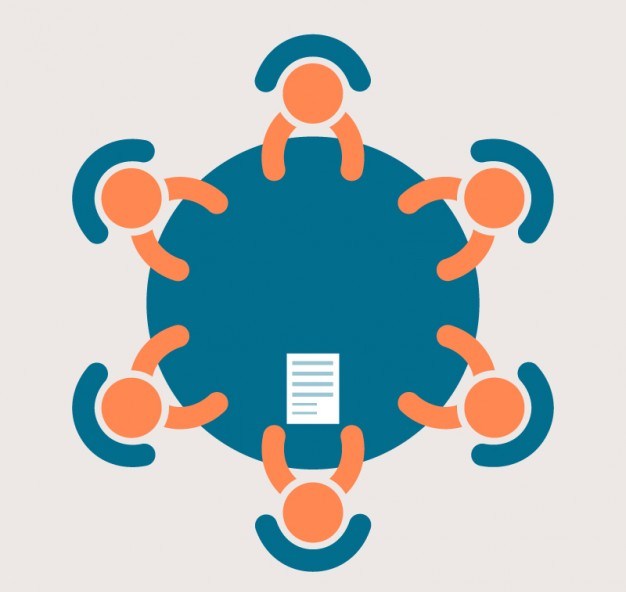Most people come to the workforce with a few set goals in mind. After all, isn’t it natural to make plans, no matter how unrealistic they may seem? We can’t all be firefighters, astronauts, or pro athletes, right?
That’s why corporate social responsibility resonates so strongly these days; CSR gives staff members the opportunity to shift their impact on the world from an individual level to a global one. In fact, it can even tip interest in your favor — a Nielsen study says that 70% of millennials are enticed by employers who are committed to the community.
Align your values with your employees’, then tie that work to the community at large. Not only will this allow workers to move toward goals they may not be able to achieve alone, but it also inspires them to do more than they ever thought possible. In turn, they won’t be able to help but repay you and those around them in kind.
The Effects Of A Cause
Imperative’s 2016 Workforce Purpose Index notes that employees who feel a greater purpose in their work beyond selling goods or services tend to stay at a job longer than those who don’t; that same study also mentions staff members are 47% more likely to become company advocates and are 50% more likely to hold leadership positions if they find greater meaning in the work they do.
Our company works with the Rongxiang Xu Regenerative Life Science Fund, a Red Cross foundation that provides ideas for the sustainable development and research of regenerative life science. All our employees now volunteer and help the community under the Red Cross, whether assisting in a poor region or helping burn victims.
But the benefits didn’t stop there. After adding the CSR element, the atmosphere of the whole company changed, leading to a more engaged workforce and a spike in productivity. In fact, break-time gossip and stories from people’s personal lives were replaced by conversations about work or the community.
I even started to see the office take on a new look and feel. Employees put out photos and other items related to CSR efforts, with each piece of new décor serving as a reminder of the work they’d done. It boosted morale and strengthened our culture, two things we can always use.
CSR also has a way of transforming public perception of a business. People are just more likely to buy from you, as evidenced by the 83% of consumers who said they’d want to purchase products or services from companies with a social cause.
CSR possesses the rare ability to guide a company’s internal and external upkeep. One feeds off the other, either maintaining or cementing your business as one employees and customers will want to stay with for the long haul.
Take A Strong Stance
CSR’s ultimate goal is to create a healthy community — both inside and outside your company. This starts with open communication; I’ve written about how this can only improve via the positive message a CSR initiative can yield.
It also enhances comprehension among the business community about issues faced both locally and worldwide. This can increase compassion and spark a connection between businesses and the community as a whole.
Our company has come up with a commitment of action with the Clinton Global Initiative to offer 500 training classes in China to burn doctors over the next year. We’ll be working to create a collaboration platform where hospitals, doctors, and medical-related associations can join and provide instruction.
CSR ventures create role models and future leaders in both the business and the community. These undertakings enable the next generation to learn and model traditions — not to mention create new ones. You’re essentially establishing a legacy of responsible business practices that can easily be adopted and adapted for years to come.
When you commit to social responsibility, people — both inside and outside your company — make a greater commitment to the success of your business. They work harder for you, they buy more from you, and they become better people through your efforts, which isn’t all that bad for a day’s work.
This article was taken from here.

